Motion Capture For Games
Motion capture is a great tool and great way to create animation for certain types of games. Like any tool or piece of software, if you learn how to use it properly, it can make your life easier and produce best results. If you try to spread it, chances are you'll end up wasting time and money and may come away with nothing useful. Since motion capture happens to be a relatively expensive tool, it's worth spending a significant amount of time up front planning your shoot and visualizing the end results. It's most useful for a 3D game with tomes of character animation, assuming you have an appropriate budget and schedule. It depends on the game engine and the style of animation you are looking for. But by no means does motion capture make animators unnecessary; in fact, animators are critical to planning the shoot and then turning the data into something useful. Over 150 of the world's finest video games have been captured on Motion Analysis Corporation equipment, including those produced by Electronic Arts, Gremlin, RARE, Square, Konami, and Namco.The real-time motion capture systems by Motion Analysis have changed the game. Data is now produced three to five times faster than with "post-process mocap". The MAC system is popular because it is fast and adaptable, allowing for capture of elaborate moves, including two-players with props. Newly introduced technology has greatly simplified the task of intimate two-person capture, such as football and wrestling.
Why use motion capture?
Motion capture can make the animation process much easier, especially when trying to recreate character animation that is realistic, such as the interaction of multiple 3D characters, or characters engaged in sports activities. Simple animation, such as a character standing around is much easier (and more realistic) when captured than if these animated by hand.
Who use it?
Game development is the largest market for motion capture. With games drawing as much revenue as movies, it is easy to see why game development often calls for enormous quantities of motion capture. The competition to produce the 'coolest game possible' means that greater production capabilities mean higher quality. More time is left for visual finishing touches and fine-tuning of game play.
Generally there are two main types of 3D character animation used in games: Real-time playback vs. cinematics. Real-time allows the game player to choose from pre-created moves, thus controlling the character's moves in real-time. Cinematics are the fully rendered 'movies' used for intro and 'cut-scenes'. Often the last part of game production, or a process that is sub-contracted to a separate studio, cinematics are generally not essential to game-play, but do add a lot of appeal to the game, and help immensely with story development and mood generation.
Motion Capture Workflow
Motion capture involves recording rotation or position of joint sensors on a performers body. This information can be recorded frame-by-frame and subsequently applied to a character's skeleton (post-processing). Post-production, can be combined, along with animation generated 'by hand' to get just the right effect.
For more information, please visit the offcial page of Motion Capture Studio at
http://www.motioncapturestudios.com
Rizaldy
Motion Capture Assistant of Inner Esteem Motion Capture Studios


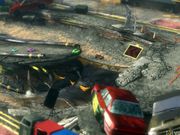

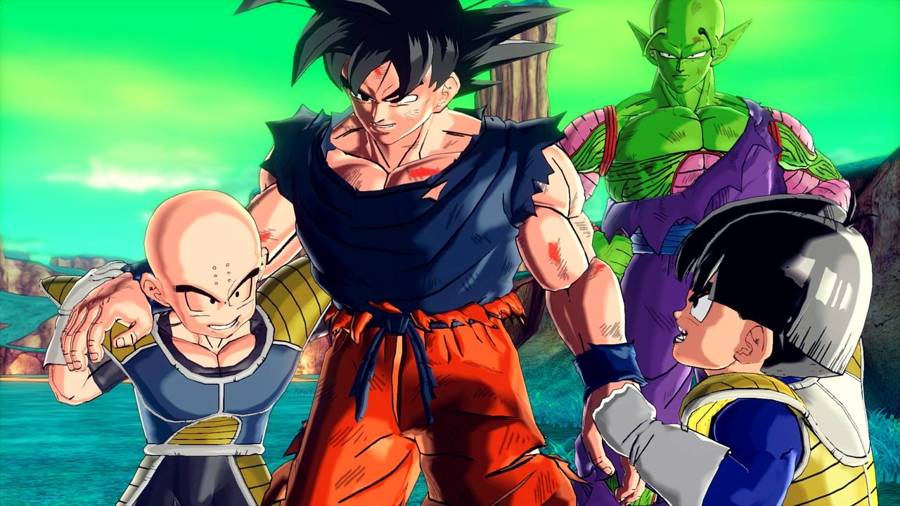

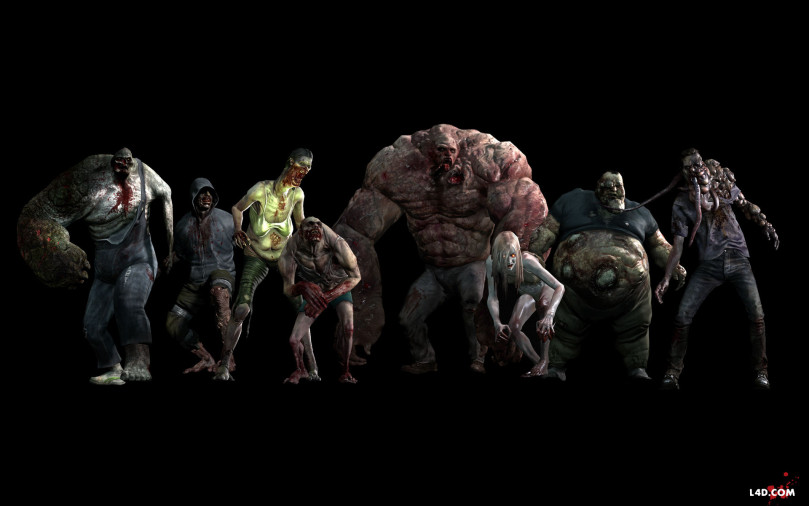 Left 4 Dead 2: Charger Guide
Left 4 Dead 2: Charger Guide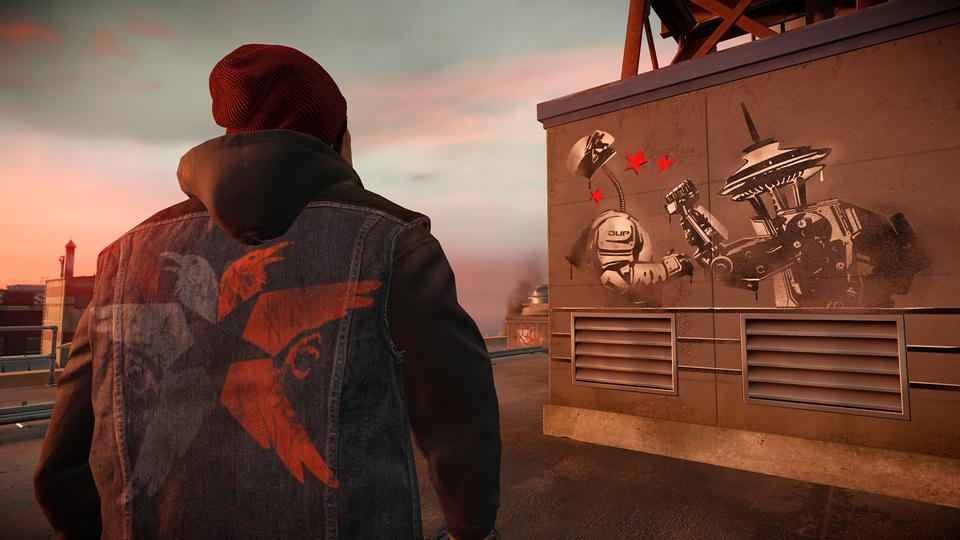 inFamous: Second Son – Go Fetch, Neon & Light Speed power, boss battle
inFamous: Second Son – Go Fetch, Neon & Light Speed power, boss battle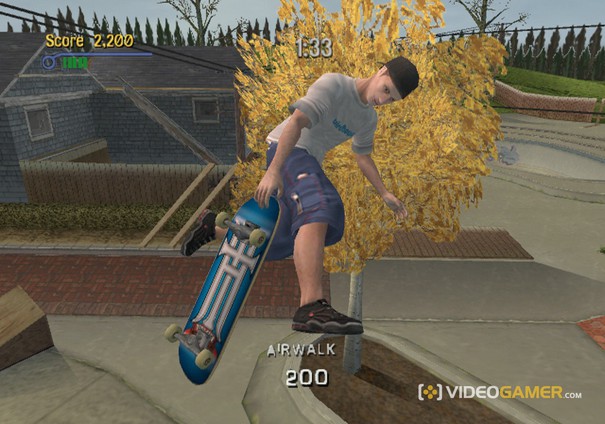 A few words on Neversoft and its wonderful Tony Hawk
A few words on Neversoft and its wonderful Tony Hawk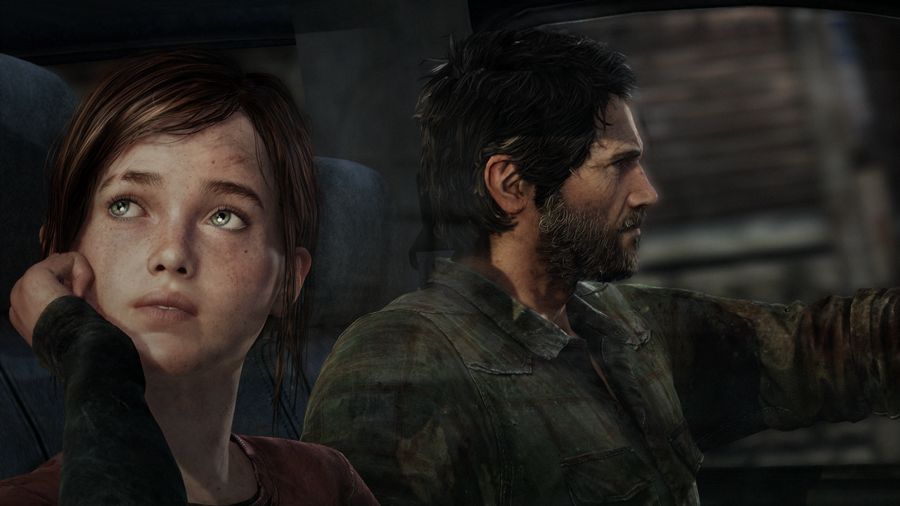 Last Of Us Guide - Firefly Pendant Location Guide
Last Of Us Guide - Firefly Pendant Location Guide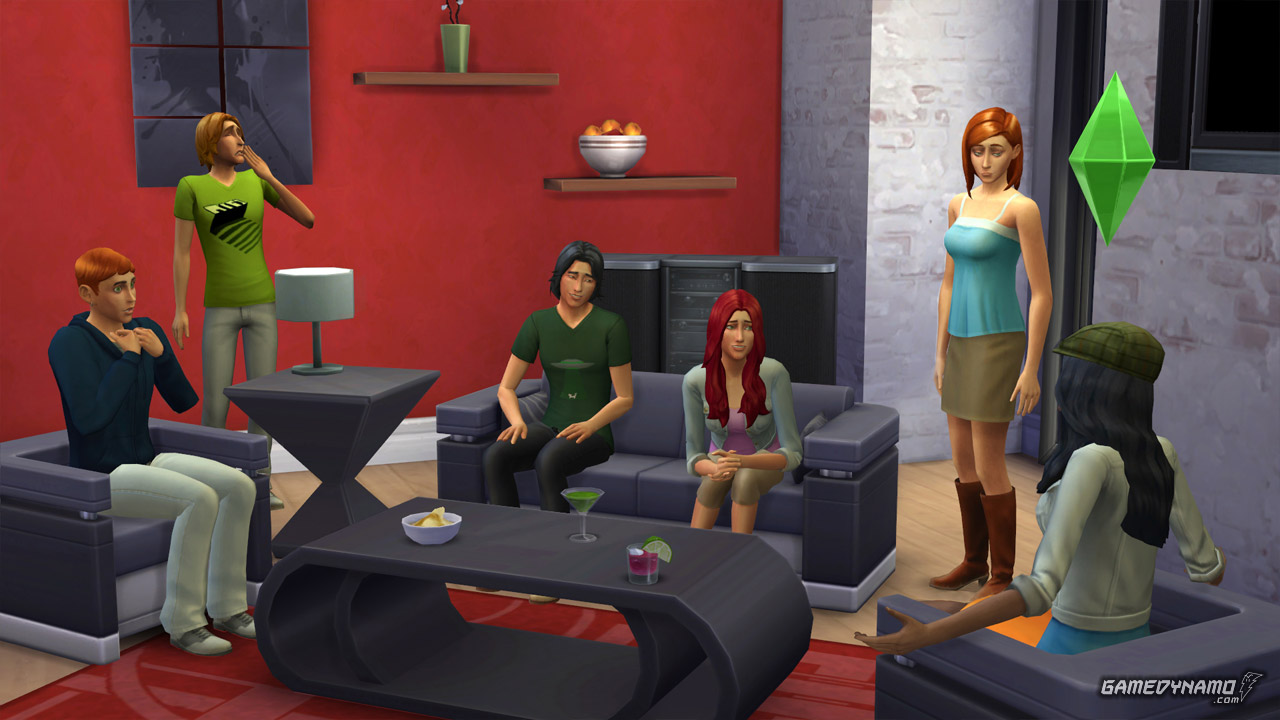 The Sims 4 – Cheats Codes Guide
The Sims 4 – Cheats Codes Guide